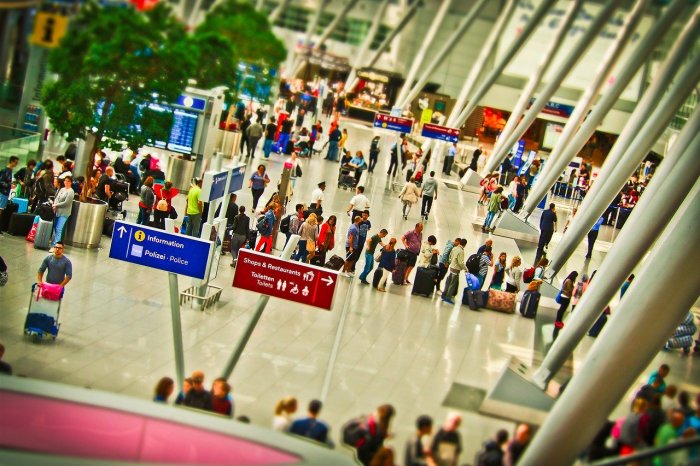WSi News2020-08-13 10:31:25
A new normality in security screening?
The Coronavirus crisis is one of the most disruptive events since the Second World War. Whilst governments around the globe strive to get to grips with the situation and plan for a return to normality it is interesting to reflect on exactly what normality will look like. It’s almost certainly going to be different to normality as we understand it today.
Whether or not we’ll experience anything like it again in the near future is a moot point but what is for sure is that we have to learn the lessons of the current situation and make sure that we do all that we can to prevent creating the conditions for such a pandemic to grip the world in this way again. The security community can make a contribution to this by ensuring that it delivers technology and operational concepts that respect some of the mitigation measures adopted during the recent crisis.
In particular, concepts that result in creating queues and congestion, thereby placing people in close proximity to each other for prolonged periods, need to be avoided. Likewise approaches that expose staff and the public alike to a high level of personal physical contact or that require multiple people to handle pieces of equipment need to be reconsidered.
Nowhere is this more applicable than in security screening scenarios involving the protection of crowded places. The Daily Telegraph , quoting a University of Nottingham and the Finnish National Institute for Health and Welfare study, concluded that whilst travelling by public transport was a significant health risk in general, security checks are thought to be the highest risk areas.
Securing crowded places from the threat of terrorism has been a clear requirement for many years. However, implementing such measures in a proportionate way that is effective, practical and affordable without disrupting daily life is extremely challenging. Whilst the natural response to the mass casualty attacks, that hit Europe from the early 2000s, was to adopt security regimes that were in existence at the time, these regimes were never designed for crowded public places and high throughputs; we need to move on...
To read the full story:
Click here to download your copy of World Security Report (pdf) >>
To read the full story:
Click here to download your copy of World Security Report (pdf) >>
For more information contact:
